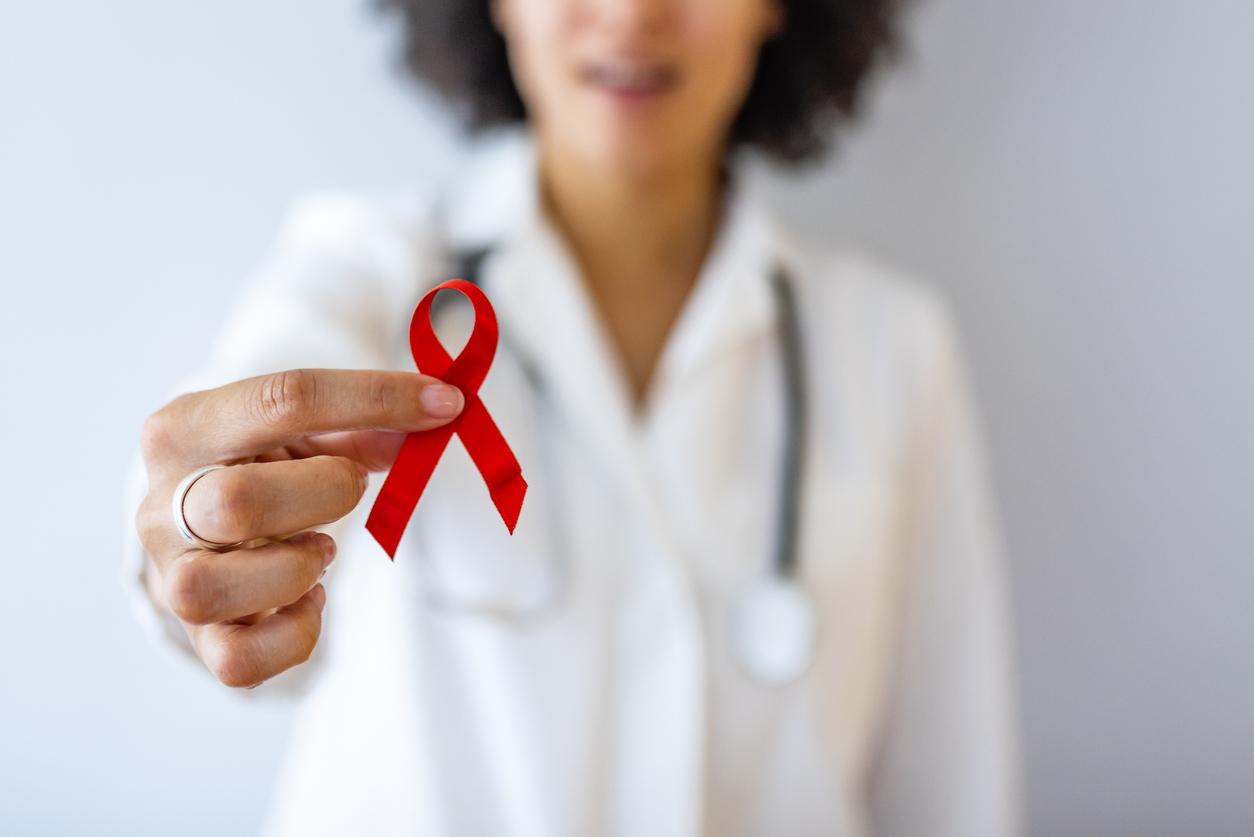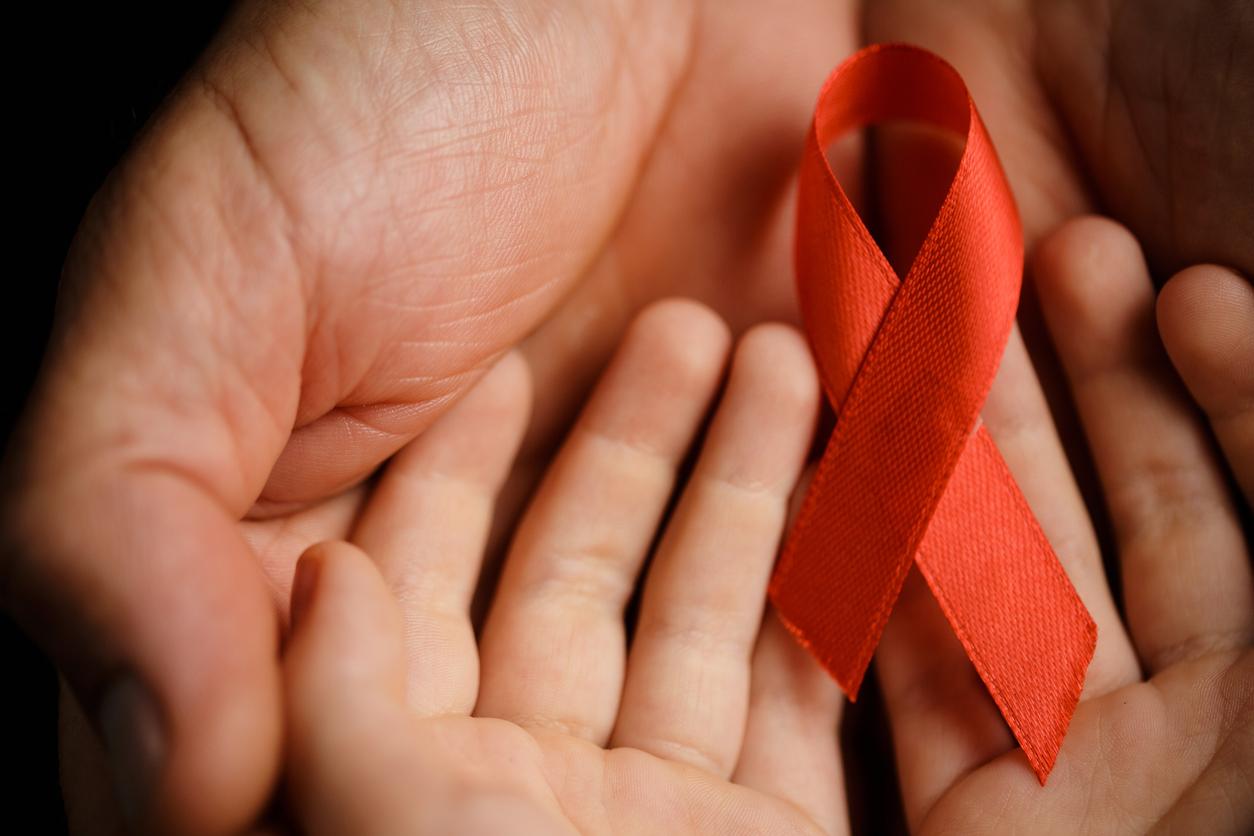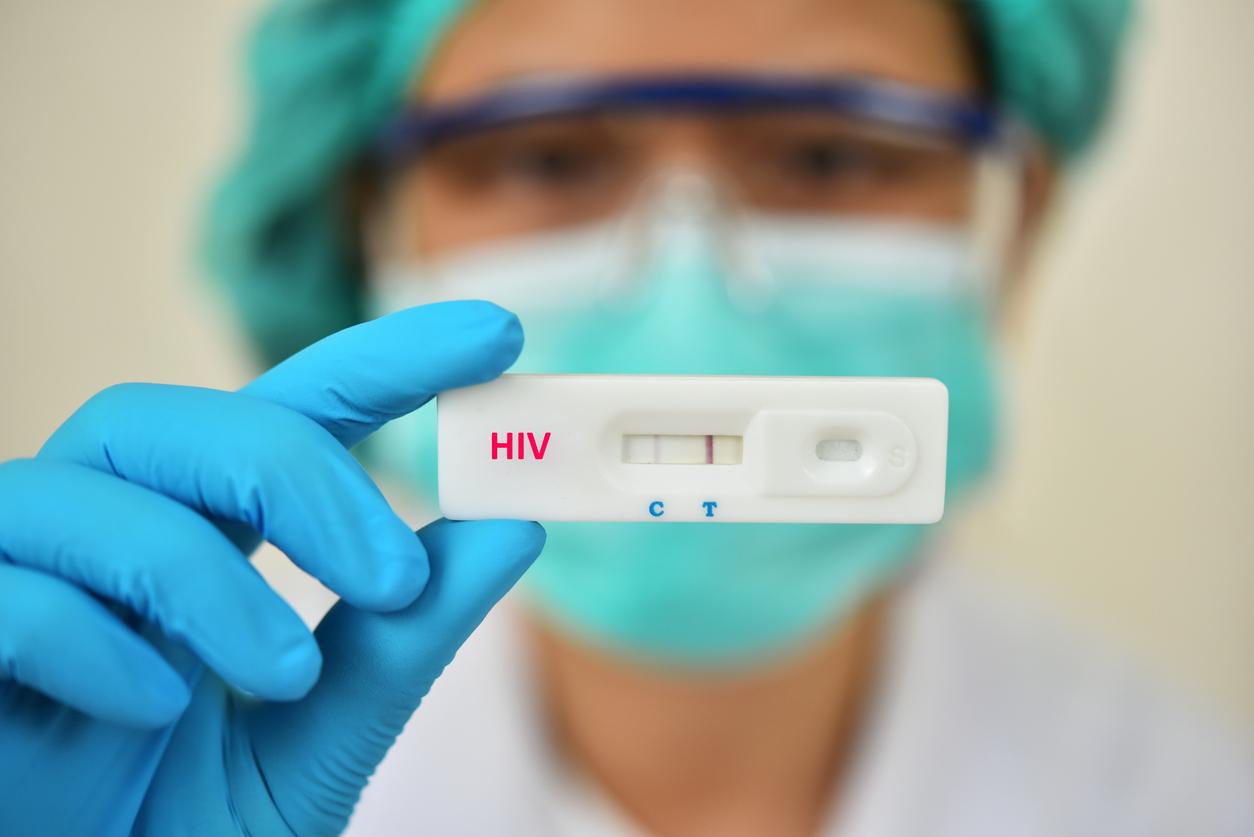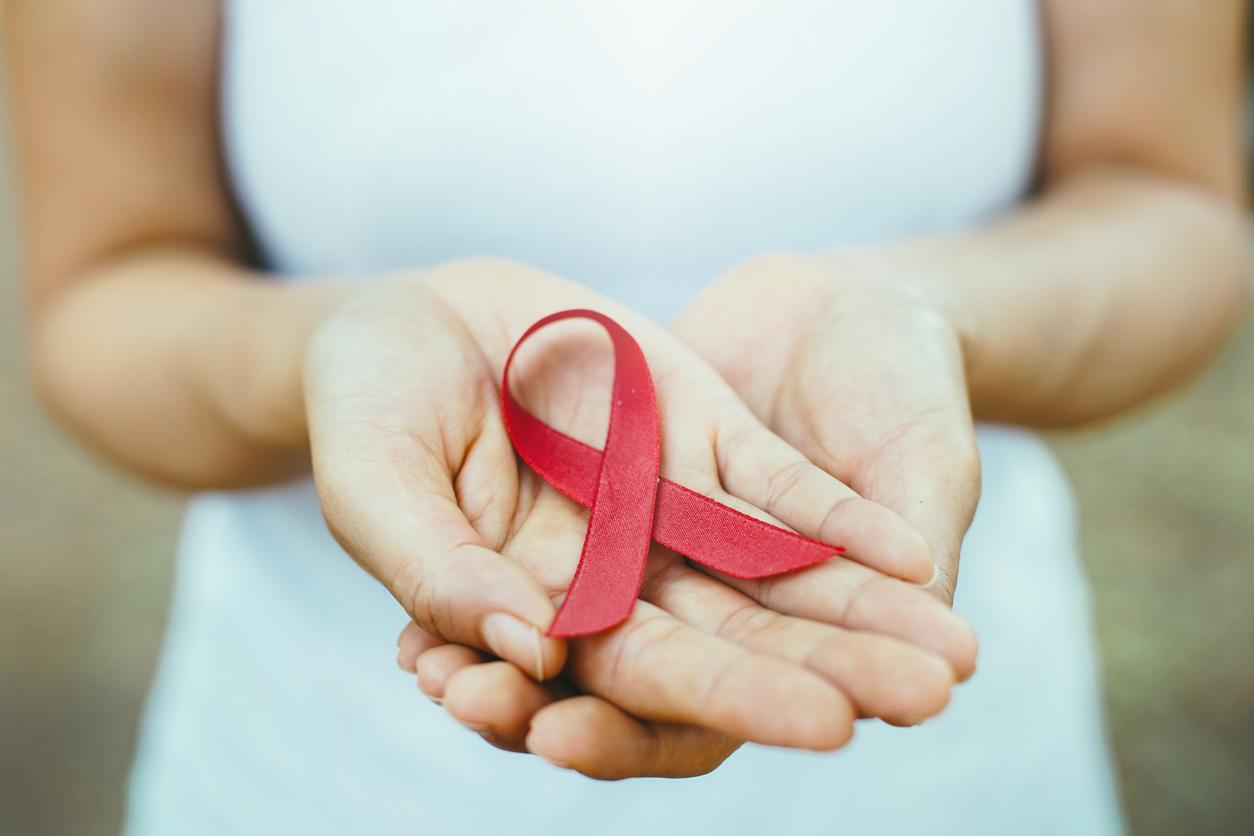The use of Truvada for the prevention of HIV infection can be extended to African and Caribbean populations. Sensitive to this theme, they see this strategy favorably.

- Truvada as PrEP on demand reduces the risk of infection in MSM on average by 86%.
- 35 to 49% of African migrants monitored for HIV were infected after their arrival in France.
- In 2013, 31% of new HIV diagnoses were in someone born in sub-Saharan Africa.
- PrEP has been authorized since January 4, 2016. Since February 21, 2017, Truvada has been granted marketing authorization for this indication.
- Heterosexual people born in sub-Saharan Africa or living in Guyana can benefit from it on a case-by-case basis.
Truvada has been authorized for the prevention of HIV infection for over a year. Pre-exposure prophylaxis (PrEP), the name of this strategy, however, does not reach all of its target. 3,000 people have already consulted a hospital department for treatment. Corn almost all of them (98%) are men who have sex with men (MSM).
While MSM are the first population at risk, other categories are at high risk for HIV. This is the case for people from Africa or the Caribbean. The health authorities offer them the possibility of receiving Truvada in prevention, on a case-by-case basis. This strategy would have every interest in developing within this population, according to a study published in the Weekly Epidemiological Bulletin (BEH) published by Santé Publique France. Not only is the approach technically feasible, but it would also reduce the number of contaminations.
Three risky situations
On paper, the benefit of Truvada is clear: taken on the basis of risky relationships, it reduces the risk of HIV transmission by 86%. An efficiency that can climb to 99% when the grip is fully respected. But what about the heterosexual populations of Africa and the Caribbean? The answer is provided by this survey carried out by associations.
Respondents identify three main risky situations. The first concerns casual unprotected sex, caused by the reported difficulty in using condoms. “The risk is measured by the good looks of the partner”, illustrate the authors of the BEH. Even if it means invoking divine protection …
But the couple is not spared: as a proof of confidence, it is not uncommon for the condom to be abandoned … without first performing a screening. Likewise, a fickle spouse raises a thorny problem; despite the doubt, the condom is difficult to impose. “Women whose husbands ‘cheat outside’ would like to take the drug until confidence returns in the couple,” said the survey. By default, screening is used a posteriori to reassure yourself by checking that you are not contaminated.

Some doubts
“In the end, everyone is at high risk” and could benefit from PrEP, conclude the authors of this BEH. In the eyes of the people questioned, the strategy therefore has a double advantage: to protect oneself, and to protect one’s partner. The approach is all the more acceptable as the care is the responsibility of the community.
But acceptance doesn’t mean blind trust. The African and Caribbean populations believe that prescribing limited to hospital doctors is a problem. “This may suggest that this strategy is only at the testing stage” and the hospital is a symbol of disease, underline the authors. The extension of the prescription to diagnostic and screening centers (CeGIDD) could remove resistance.

Consumption of a single pill also raises doubts on the part of those questioned. “We manage to create a pill to prevent infection but we can not create a vaccine to cure the disease? »Asks a participant. Not to mention the risk associated with forgetfulness, which many women report.
Despite these doubts, Truvada in prevention has its place in a high-risk population. The role of associations is to fight against prejudices and reassure those affected by PrEP. The strategy would be all the more effective since these populations are already well aware of the risks associated with HIV. A system to be supplemented by a wider prevention offer.
.

















